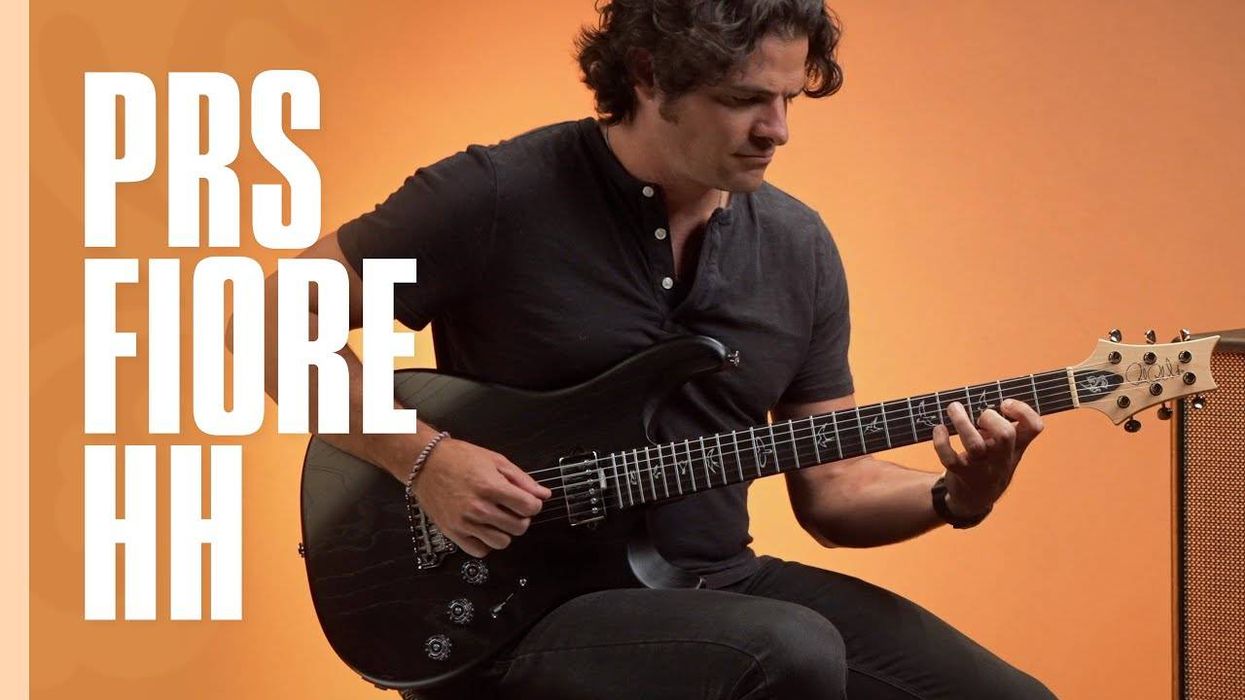Recorded using a Schroeder Chopper TL with Lollar Special T pickups going into a Fender Hot Rod Deluxe IV miked with a Royer R-121 feeding an Apogee Duet going into Studio One with no EQ-ing, compression, or effects.
Clip 1: Bridge pickup, Drive at 5, Level at 4, Freq at 800Hz, EQ Gain at +6, Toggle in N914 mode.
Clip 2: Both pickups, Drive at 8, Level at 6, Freq at 2.4K, EQ Gain at -6, Toggle in BAT41 mode.
RatingsPros:Plenty of gain. Incredible range of frequencies available. Cons: Dual-diode mode is a bit fizzy. Street: $189 Cole Music Co. Paradrive Parametric Overdrive colemusic.co | Tones: Ease of Use: Build/Design: Value: |
What is it exactly about an overdrive that gives it character? In nearly every instance it comes down to EQ. Think about how the midrange is dealt with on Screamer-style stomps or how the bass frequencies are handled in Marshall-style pedals. With the Paradrive, Cole Music Co. gives you a parametric EQ that allows for quite a variety of tones, from low-gain gritty Americana to more scooped, modern-sounding hard-rock. The drive and level controls are pretty self-explanatory. Below those sits a single toggle switch and controls for frequency and EQ gain. The idea here is that you chose a frequency and then either cut or boost it to taste.
The Paradrive can operate in two different modes. When the toggle is flipped to the left side, it fires up four N914 diodes (think of old Pro Co RAT pedals), and on the right it uses a pair of BAT41 diodes, which are a bit more compressed and fuzzy, but with less gain. Thanks to a recent Rig Rundown with Tom Bukovac, I’ve gained a new appreciation for the power of EQ, and the Paradrive hit me at a perfect time. The lower-gain tones on the N914 side were especially organic and rich and extremely sensitive to my guitar’s volume control. Harmonics were rich and fully landed in the sound of early ZZ Top. The BAT41 side had decidedly less output with a sharper edge to the higher frequencies. That side brought to mind more lo-fi psych-rock tones that paired well with already-dirty amps. I’d like to think of the Paradrive as an excellent studio companion that could tailor a wealth of overdrive tones to nearly any situation.
Test Gear: Schroeder Chopper TL, Ernie Ball Music Man Mariposa, Fender Hot Rod Deluxe IV







![Rig Rundown: AFI [2025]](https://www.premierguitar.com/media-library/youtube.jpg?id=62064741&width=1245&height=700&quality=70&coordinates=0%2C0%2C0%2C0)


![Devon Eisenbarger [Katy Perry] Rig Rundown](https://www.premierguitar.com/media-library/youtube.jpg?id=61774583&width=1245&height=700&quality=70&coordinates=0%2C0%2C0%2C0)














































